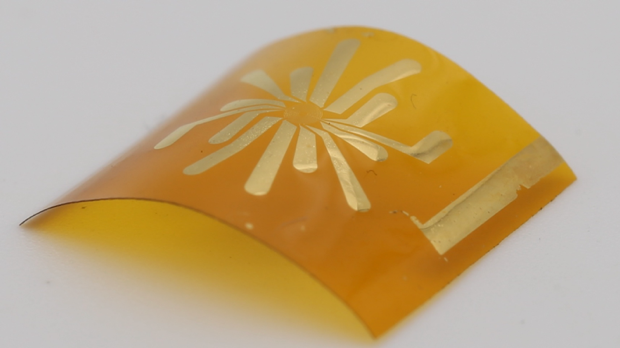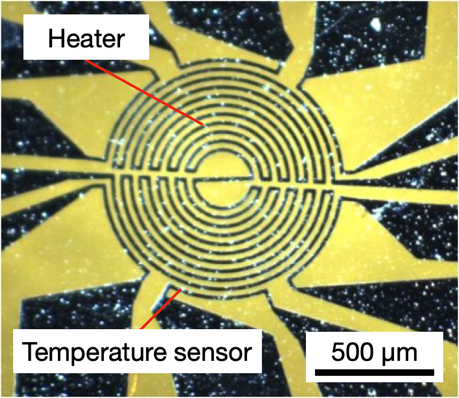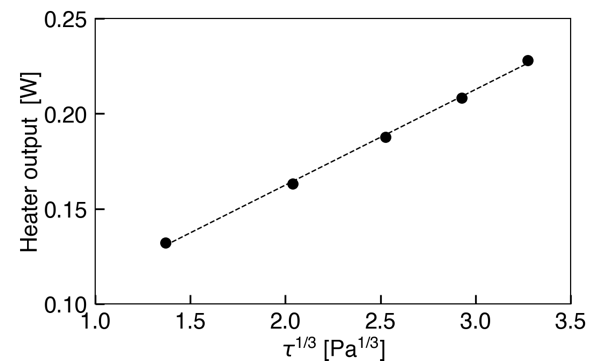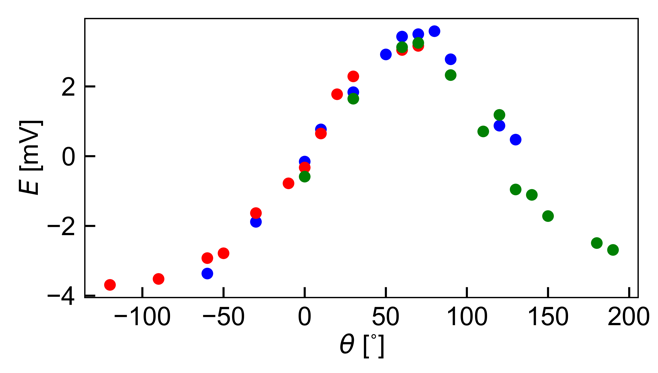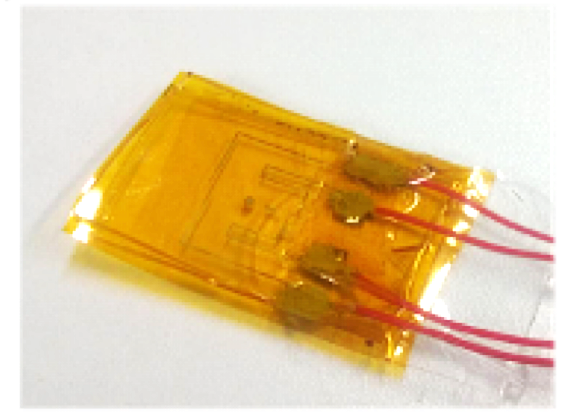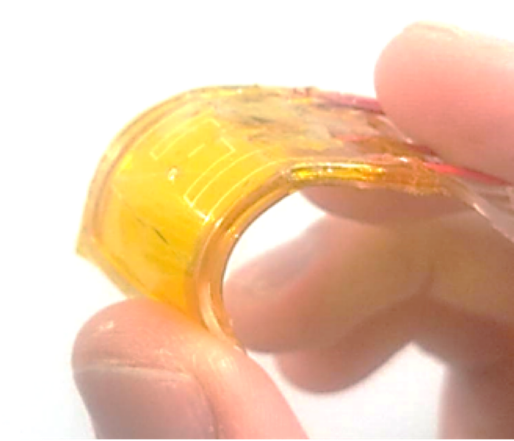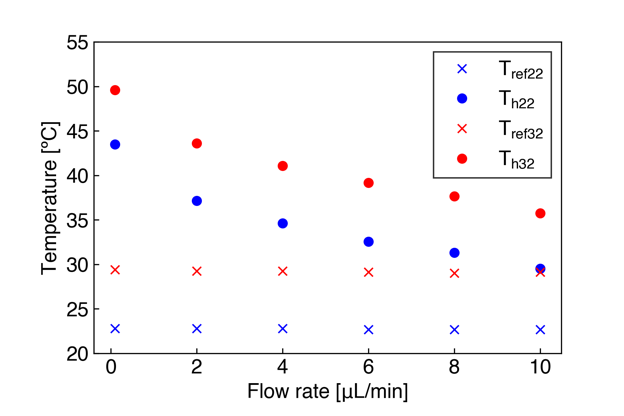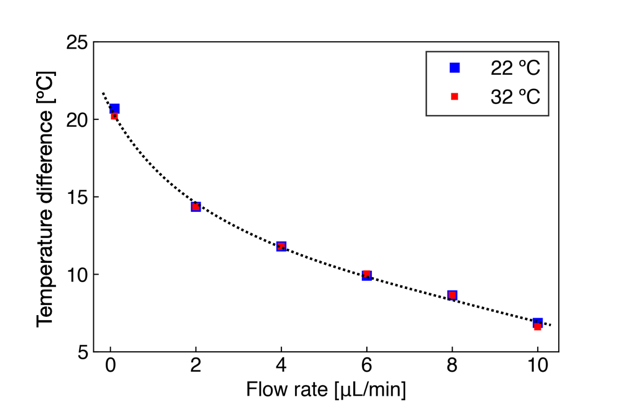Newsletter 2023.11 Index
Theme : "Mechanical Engineering Congress, 2023 Japan (MECJ-23)"
|
Flexible Sheet Sensor for Advanced Flow Monitoring
Abstract

Masahiro MOTOSUKE
|
In this article, our recent researches on the development of flexible flow sensors for advanced flow monitoring are summarized. The need for flow measurement in narrow gaps or tiny spaces and on curved surfaces has been strongly required. Our group developed a thin, small, and flexible flow sensor based on microelectromechanical systems (MEMS) technology, which can simultaneously measure the flow velocity (or wall shear stress) at the sensor and flow direction. The principle of flow sensing relies on thermal measurement around a microheater embedded on the sensor surface (Fig. 1).
Here, we introduced two applications of this flexible flow sensor; one is the detection of three-dimensional flow separation and the other is perspiration monitoring. In both cases, microelectrode patterns are integrated with a thin polyimide film (Fig. 2). Before the actual fabrication of the sensor, numerical simulation was performed to optimize the geometry and structure of the sensor.
In the detection of flow separation, we developed a 1-mm circular heater with six temperature sensors around it. Flow velocity or wall shear stress can be determined from the energy consumption of the heater, and flow direction can be measured from surrounding temperature sensors (Fig. 3). A correlation curve for wall shear stress under different velocities from 30 to 150 m/s was obtained. Also, a correlation of flow direction with temperature sensor outputs was acquired with a 360º range. This multi-directional flow sensor successfully evaluated complicated three-dimensional flow separation in fluid machinery.
In perspiration monitoring, a microchannel made of flexible rubber to introduce sweat flow to the detection part is bonded on the sensor so that the sensor structure is flexible (Fig. 4). This sensor can be simply attached to human skin to continuously monitor the sweat rate of the human during exercise. A temperature compensation successfully works in different temperature environments. (Fig. 5)
Key words
Flexible flow sensor, Flow separation, Microelectromechanical systems (MEMS), Sweat rate
Figures

Fig. 1 Principle of MEMS-based thermal flow sensor.
|
|
Fig. 2 Developed flexible flow sensor. |
|
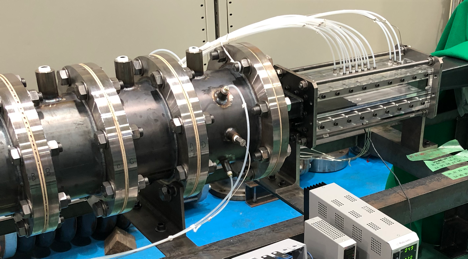 |
|
|
|
Fig. 3 A picture of wind tunnel (top), relationship between heater output and wall shear stress (left), and relationship between three outputs from temperature sensor pairs and flow angle (right). |
|
|
|
Fig. 4 Developed flexible sensor for perspiration monitoring. |
|
|
|
Fig. 5 Performance of temperature compensation. Temperatures of reference sensor and microheater under different flow rate (left) and temperature difference (right). |
|


